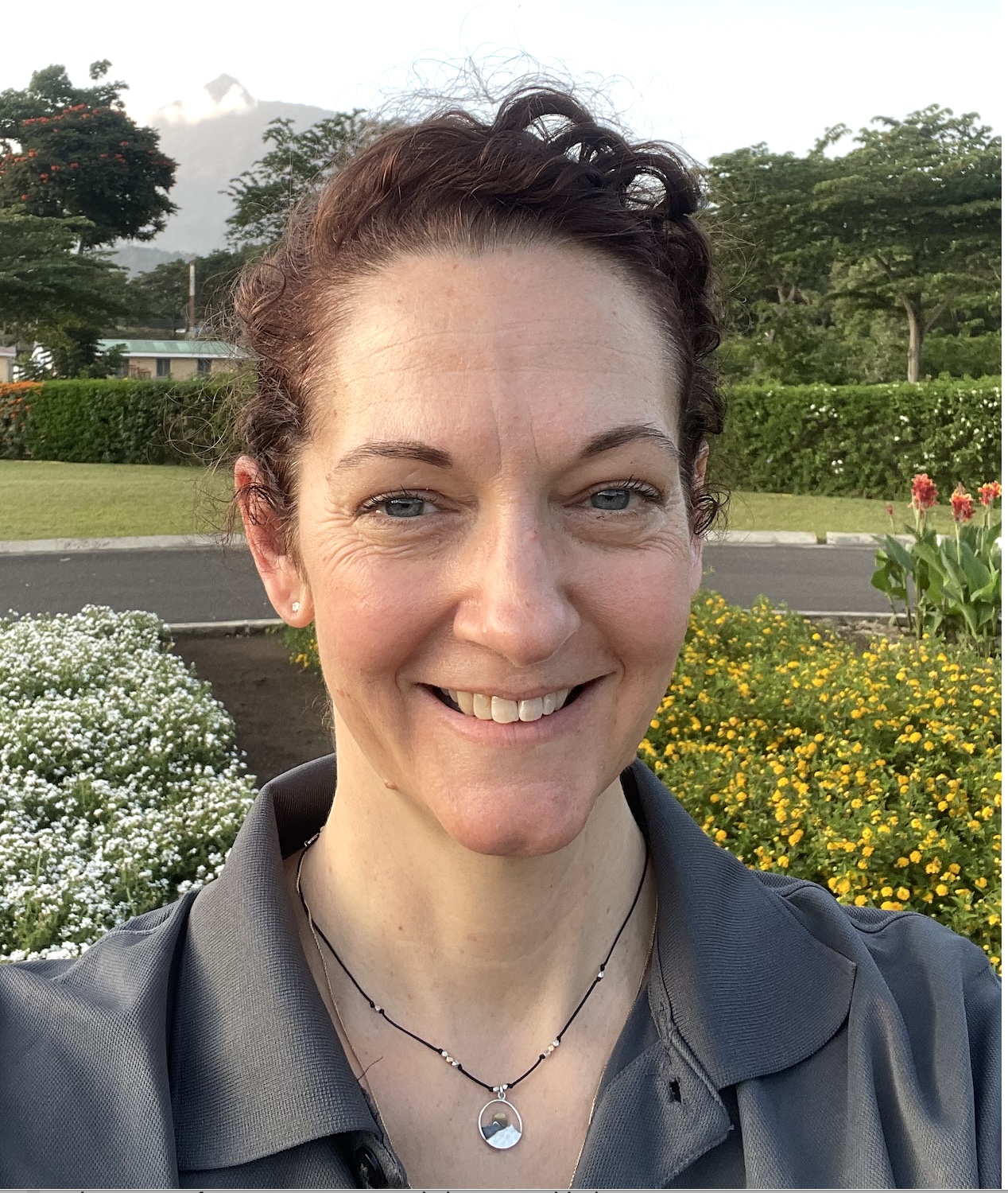Below is a summary of the abstract you submitted. Presenting author(s) is shown in bold.
If any changes need to be made, you can modify the abstract or change the authors.
You can also download a .docx version of this abstract.
If there are any problems, please email Dan at dar78@pitt.edu and he'll take care of them!
This abstract was last modified on May 28, 2024 at 4:09 p.m..

Phages are viruses that infect bacteria and use their host machinery to replicate. They are one of the most ubiquitous and diverse biological entities in the biosphere with a long evolutionary history. Phages have a wide variety of applications in antimicrobial resistance (AMR), food safety, water quality, biocontrol, and vaccines. While many phage genomes have been sequenced and annotated, proteomic and lipidomic profiles of phage have barely been explored. The aim of this research is to measure the protein and lipid dynamics of phages with different infection cycles at different timepoints in the host’s growth cycle using mass spectrometry (MS). The data produced from this experiment can verify genomic annotation, discover novel proteins and lipids, and inspire future mechanistic and functional research. For this study, Krili and PotatoSplit, lytic cluster O and lysogenic cluster A3 mycobacteriophages, were used to infect Mycobacterium smegmatis. Samples were taken in triplicate at hours 0 (immediately after infection), 3 (early exponential), 7 (late exponential), and 10 (early stationary). The samples were washed, mechanically lysed, quantified on BCA assay, lipid extracted, protein digested and desalted. For MS analysis, the samples were analyzed using a HPLC-ESI-MS/MS. Protein data was processed using MaxQuant and lipid data using MS-DIAL and MS-FINDER. Normalized data was statistically analyzed on MetaboAnalyst and the proteins were functionally assessed using DAVID. The results showed that the protein and lipid expression of both phages differed with time in comparison to the control (uninfected Mycobacterium smegmatis) and to each other. Additionally, the functional results suggest simultaneous phage infection and bacterial defense mechanisms occurring particularly during late infection. Data produced from this experiment can be used for future targeted -omics research. As one of the first experiments of its kind, the MS workflow used in this study can provide a scaffold for future phage temporal proteomic and lipidomic analysis.

